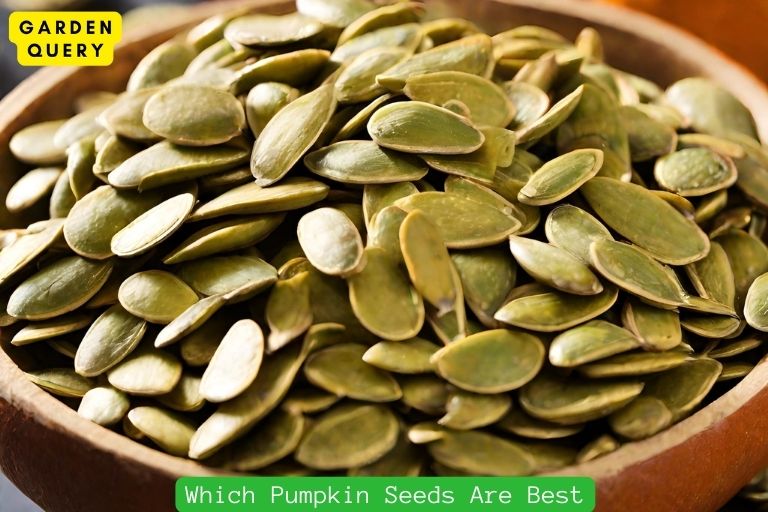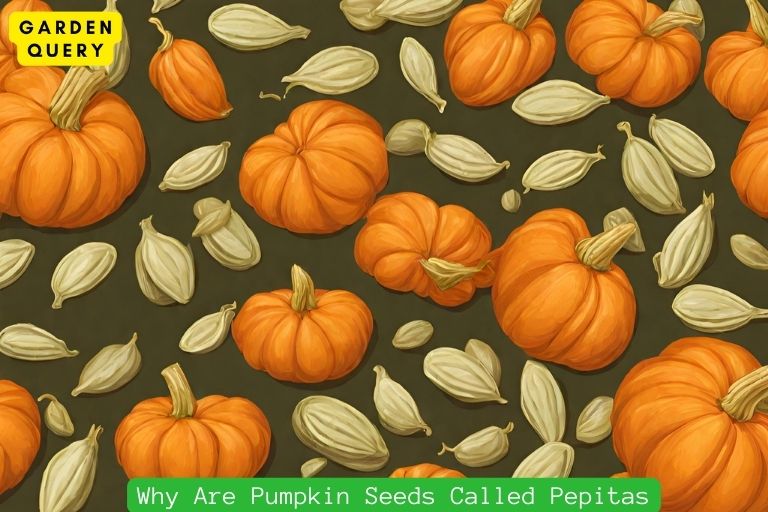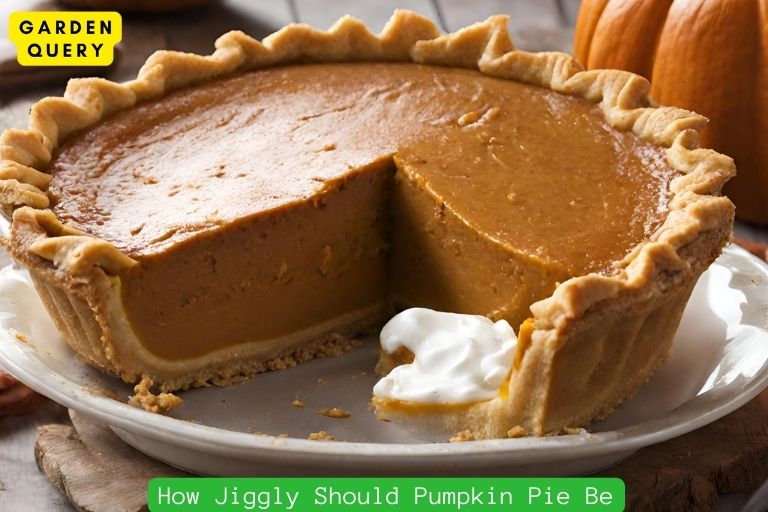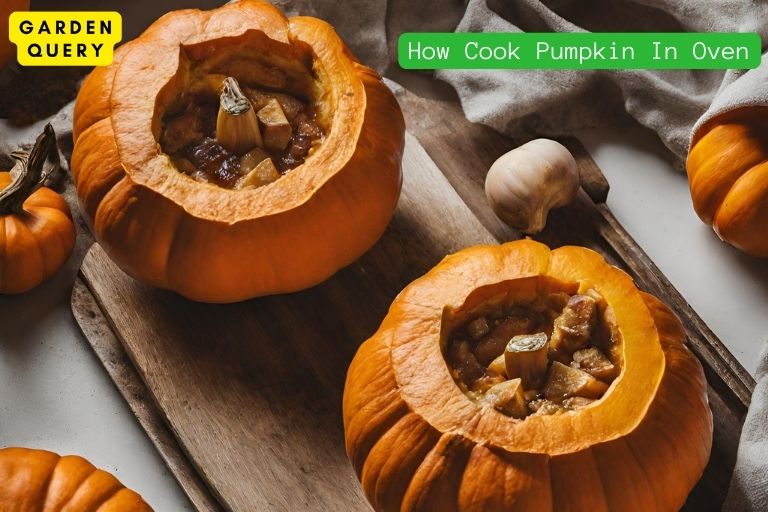Are Pumpkins Fruit?
Yes, pumpkins are fruits, botanically classified as berries, as they develop from the ovary of a flower and contain seeds.
While commonly treated as vegetables in culinary contexts, pumpkins meet the botanical definition of fruits. They originate from the fertilized ovary of a pumpkin flower, contain seeds, and exhibit the characteristics of a true fruit. The distinction between fruits and vegetables often arises from culinary and cultural perspectives rather than botanical ones.
Pumpkins, along with other squashes, cucumbers, and tomatoes, fall into the category of fruits despite being commonly used in savory dishes. Understanding the botanical classification sheds light on the diverse nature of fruits beyond the traditional sweet connotations.
Key Takeaway
Pumpkins as Fruit
Pumpkins are a type of winter squash that belongs to the Cucurbitaceae family. They are typically large, round or oval fruits with a thick, hard skin and a rich, orange flesh. Pumpkins are native to North America and have been cultivated for thousands of years. They are widely grown for food, as well as for decorative purposes during the Halloween season.
Definition of a pumpkin
A pumpkin is botanically classified as a fruit. According to the botanical definition, a fruit is the mature ovary of a flowering plant, typically containing seeds. In this sense, pumpkins fit the criteria as they develop from the ovary of the pumpkin flower and contain seeds. However, in culinary and everyday language, pumpkins are often referred to as vegetables due to their savory taste and common use in cooking.
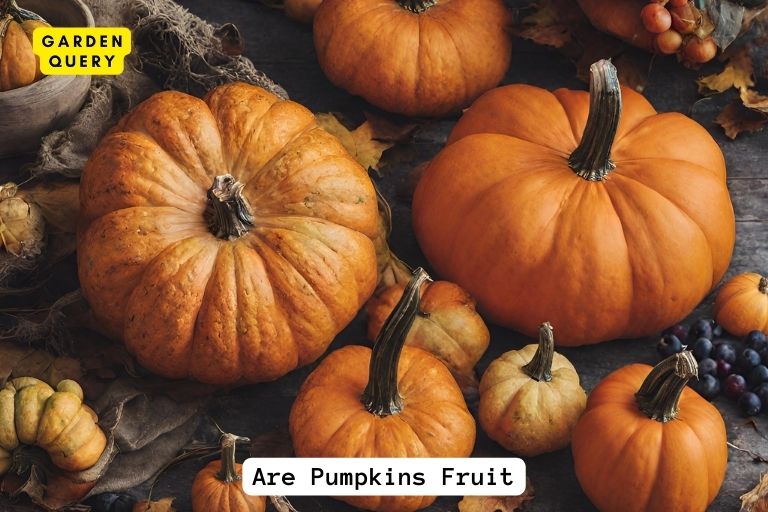
Pumpkins are highly versatile and can be used in a variety of dishes, both sweet and savory. They can be baked, roasted, pureed, or even turned into soups, pies, and bread. The flesh of pumpkins is naturally sweet and has a rich, creamy texture, making it a popular ingredient in fall-inspired recipes.
Different types of pumpkins and their uses
There are several different types of pumpkins, each with its own unique characteristics and culinary uses. Some of the most popular types include:
- Jack-o’-lantern pumpkins: These are the traditional pumpkins that are commonly used for carving during Halloween. They have a thick skin and are relatively large in size, making them perfect for creating intricate designs.
- Sugar pumpkins: Also known as pie pumpkins, sugar pumpkins have a sweeter and finer flesh than jack-o’-lantern pumpkins. They are smaller in size and are often used for making pies, custards, and other baked goods.
- Kabocha pumpkins: Kabocha pumpkins have a mottled green skin and a vibrant orange flesh. They have a sweet, nutty flavor and are commonly used in Asian cuisines, particularly in stews, soups, and tempura dishes.
- White pumpkins: White pumpkins, also known as ghost pumpkins, have a pale skin and a slightly sweeter taste compared to traditional orange pumpkins. They are often used for decorative purposes or in recipes where a unique visual appeal is desired.
In addition to their culinary uses, pumpkins are also commonly used for decorative purposes during the fall season. From front porch displays to pumpkin carving contests, pumpkins have become synonymous with Halloween and autumn festivities.
In conclusion, pumpkins are a type of winter squash that are botanically classified as fruit. They are versatile in the kitchen and can be used in a wide range of dishes. Whether you’re baking a pumpkin pie, carving a jack-o’-lantern, or simply enjoying the warm colors of fall, pumpkins add a touch of seasonal charm to many aspects of our lives.
Are pumpkins classified as fruit?
When you think of pumpkins, you might automatically categorize them as a vegetable due to their versatile use in culinary dishes and traditional fall decorations. However, contrary to popular belief, pumpkins are actually classified as fruit according to botanical standards.
Understanding the botanical classification of pumpkins
Pumpkins are considered a fruit because they meet the scientific definition of a fruit. Botanically speaking, a fruit is the mature ovary of a flowering plant, containing seeds. Pumpkins, along with other members of the gourd family, such as cucumbers, melons, and squash, all fall under this classification. As pumpkins develop from a flower, the fertilized ovary grows and eventually becomes the pumpkin.
Although pumpkins contain seeds and are therefore classified as fruits, they are commonly referred to as a vegetable in culinary contexts. This is due to their savory flavor and versatile use in recipes such as pumpkin pie, soup, and roasted pumpkin dishes.
Debate over whether pumpkins are fruits or vegetables
The classification of pumpkins has sparked an ongoing debate among botanists and culinary enthusiasts alike. While botanists emphasize the botanical definition, which determines pumpkins as fruit, chefs and cooks often categorize them as vegetables based on their culinary uses.
This discrepancy arises from the differing perspectives of botany and culinary arts. In botany, fruits are defined scientifically, based on their botanical characteristics. In the culinary world, however, fruits are typically associated with sweet or dessert-like flavors, while vegetables are associated with savory qualities.
It is important to note that the distinction between fruits and vegetables is primarily based on culinary usage and taste rather than their botanical classification. Therefore, pumpkins can be considered both a fruit and a vegetable, depending on the context in which they are used.
In conclusion, while pumpkins are commonly referred to as a vegetable in culinary contexts, they are scientifically classified as fruit due to their botanical characteristics. Understanding the distinction between botanical classification and culinary usage can help clarify the ongoing debate over whether pumpkins are fruits or vegetables. Regardless of how they are categorized, pumpkins continue to be a beloved ingredient in a wide range of sweet and savory dishes, making them a versatile and delicious addition to any kitchen.
Nutritional facts and health benefits of pumpkins
Pumpkins’ nutrient profile and their role in a healthy diet
Pumpkins, often associated with fall and Halloween, are not only delicious but also highly nutritious. These vibrant orange fruits are packed with essential vitamins and minerals that can contribute to a well-balanced diet.
One cup of cooked, mashed pumpkin contains just 49 calories and is dense in nutrients. It is an excellent source of vitamin A, with more than 200% of the recommended daily intake. Vitamin A is crucial for maintaining healthy vision, supporting immune function, and promoting cell growth.
Additionally, pumpkins are rich in vitamin C, which plays a vital role in collagen production, immune system function, and wound healing. They also contain significant amounts of vitamin E, an antioxidant that helps protect the body against damage from free radicals.
Pumpkins are a good source of dietary fiber as well. Fiber plays a crucial role in maintaining optimal digestive health, preventing constipation, and helping to control blood sugar levels. Including pumpkins in your diet can support healthy digestion and promote regular bowel movements.
Potential health benefits of consuming pumpkins
Consuming pumpkins has been associated with several potential health benefits. Here are a few:
- Heart health: Pumpkins are rich in potassium, a mineral that helps regulate blood pressure and reduce the risk of stroke and heart disease.
- Weight management: Pumpkins are low in calories and high in fiber, which can help you feel full for longer and control your appetite. Including pumpkins in your diet can support weight loss or maintenance goals.
- Eye health: Due to their high vitamin A content, pumpkins are beneficial for maintaining and improving eye health. Vitamin A is essential for good vision and may reduce the risk of age-related macular degeneration.
- Immune support: The combination of vitamins A and C in pumpkins can boost the immune system and help protect against infections and illnesses.
- Skin health: Vitamin E, present in pumpkins, is known for its role in maintaining healthy skin. It helps protect the skin from damage caused by free radicals and supports a youthful appearance.
Culinary uses of pumpkins
When it comes to pumpkins, most people associate them with Halloween decorations and pumpkin spice lattes. But did you know that pumpkins are actually a fruit? Despite their classification as a vegetable in common culinary terminology, pumpkins are botanically classified as a fruit. In fact, they belong to the same family as cucumbers, melons, and squashes.
Delicious pumpkin recipes for every season
Pumpkins are incredibly versatile in the culinary world, and their sweet, earthy flavor can be enjoyed in a variety of dishes throughout the year. Whether you’re craving a hearty soup in the winter or a refreshing salad in the summer, pumpkins can be a delightful addition to your meal. Here are some delicious pumpkin recipes for every season:
- Pumpkin soup: Warm up during the colder months with a comforting bowl of creamy pumpkin soup. Pair it with some crusty bread for a complete meal.
- Pumpkin pie: A classic autumn dessert, pumpkin pie is a staple during Thanksgiving and other festive occasions. Its smooth, custard-like filling and spiced flavor never fail to satisfy.
- Pumpkin bread: Perfect for breakfast or a snack, pumpkin bread is moist, flavorful, and easy to make. Add some chocolate chips or nuts for an extra delicious twist.
- Pumpkin salad: In the summer, opt for a lighter dish with a refreshing pumpkin salad. Combine roasted pumpkin cubes with fresh greens, tangy dressing, and some crunchy toppings for a burst of flavors and textures.
Versatile ways to incorporate pumpkins into your meals
Aside from the traditional pumpkin recipes, there are countless other ways to incorporate pumpkins into your meals. Here are some ideas to get you started:
- Pumpkin puree: Make your own pumpkin puree by roasting or steaming the pumpkin flesh and blending it until smooth. This puree can be used in various recipes, such as soups, sauces, or even as a substitute for butter or oil in baking.
- Pumpkin ravioli: Impress your guests with homemade pumpkin-filled ravioli. The creamy pumpkin filling pairs beautifully with a simple butter and sage sauce.
- Pumpkin curry: Add some warmth and depth of flavor to your curries by incorporating pumpkin. Its natural sweetness complements the spices and enhances the overall taste of the dish.
- Pumpkin smoothie: Start your day with a nutritious pumpkin smoothie. Blend together pumpkin puree, almond milk, a banana, and some spices for a delicious and filling breakfast on the go.
In conclusion, pumpkins are not only a festive decoration or a seasonal flavor but also a versatile fruit that can be enjoyed in a wide range of culinary creations all year round. Whether you’re indulging in a comforting pumpkin soup or trying out innovative recipes like pumpkin ravioli, these delicious dishes will showcase the true culinary potential of this remarkable fruit. So why not embrace the versatility of pumpkins and experiment with new recipes to add a touch of pumpkin goodness to your meals?
Fun pumpkin-themed activities for all ages
It’s that time of year again when pumpkins take center stage in our fall festivities. Whether you’re a kid or an adult, there are plenty of fun pumpkin-themed activities to enjoy. From pumpkin carving to Halloween and fall-themed activities, here are some ideas to make the most out of this seasonal favorite.
Pumpkin carving and decorating ideas
- Classic Jack-o’-lantern: Grab a pumpkin, carve out a spooky face, and place a candle inside. This traditional Halloween activity can be as simple or as intricate as you like.
- Painted pumpkins: If carving isn’t your thing, consider painting your pumpkins instead. Use acrylic paints or markers to create unique designs. From cute faces to intricate patterns, the possibilities are endless.
- Pumpkin dioramas: Take pumpkin decorating to the next level by creating a mini scene inside the pumpkin. This can include tiny figurines, moss, and even LED lights to give it a magical touch.
- Pumpkin family portraits: Get some small pumpkins of different sizes and paint them to resemble your family members. Add accessories like mini hats or bows to make them extra personalized. Display them together for an adorable fall decoration.
Halloween and fall-themed pumpkin activities
- Pumpkin patch visit: Head to a local pumpkin patch and enjoy a day of picking the perfect pumpkins. Many farms offer additional activities such as hayrides, corn mazes, and petting zoos for a full fall experience.
- Pumpkin recipes: Get into the fall spirit by cooking or baking with pumpkin. Try your hand at making pumpkin soup, pumpkin bread, or pumpkin pie. There are endless recipes to explore that incorporate this versatile ingredient.
- Pumpkin seed roasting: Don’t let those pumpkin seeds go to waste! After carving or scooping out the pumpkin, rinse the seeds and roast them for a delicious and nutritious snack. Add your favorite seasonings for a personal touch.
- Pumpkin-themed crafts: For a creative activity, gather some craft supplies such as construction paper, glue, and googly eyes to make pumpkin-themed crafts. From paper plate pumpkins to pumpkin tissue paper suncatchers, these crafts are perfect for kids and adults alike.
- Pumpkin-themed games: Organize a pumpkin-themed game night with friends or family. Play games like pumpkin bowling (using small pumpkins as pins and a larger pumpkin as a bowling ball) or pumpkin toss (throwing small beanbags into carved pumpkin mouths).
No matter your age or skill level, there are plenty of fun pumpkin-themed activities to enjoy during the fall season. So gather your friends and family, unleash your creativity, and make lasting memories with these pumpkin-inspired ideas.
- Best Therapists In Dallas - February 1, 2024
- Holly Willoughby Husband: Holly Willoughby’s Love Story - January 30, 2024
- Holly Willoughby Dress: 5 Style Secrets and 7 Must-Know Career Milestones - January 30, 2024


